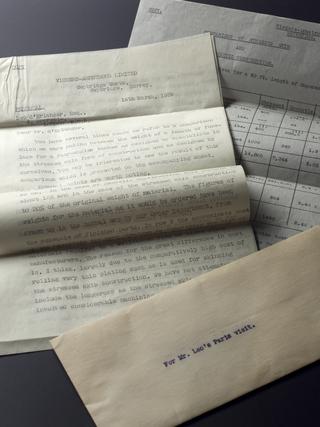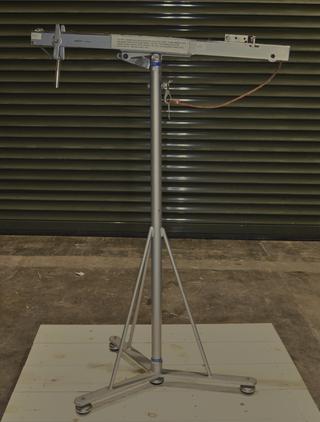
Sir Barnes Neville Wallis 1887 - 1979
- occupation:
- Aeronautical designer, Engineer
- Nationality:
- English; British
- born in:
- Ripley, Derbyshire, England, United Kingdom
1891 - moved with his family to New Cross, South London. 1900 - took the entrance examination for Christ's Hospital. 1904 - left school and was indentured to the Thames Engineering Works at Blackheath. 1908 - transferred his articles to the J. S. White Company at Cowes. 1913 - along with H.B. Pratt went to work at Vickers as chief designer, to begin work on the new rigid airship, No. 9. 1919 - suffered a nervous breakdown. 1922 - crammed and succeeded in achieving the external degree in engineering at the University of London then moved to Switzerland to serve as mathematics master at the Chillon School. 1923 - joined the territorials and became an anti-aircraft gunner at Vickers where he was once more designing airships. 1928 - was awarded the silver star of the Royal Aeronautical Society for his design work and was transferred to the Vicker's aeroplane team as chief designer. 1930 - started on the design of a geodetic bomber. 1938 - designed the Wellesley which proved itself as a record-breaking long-distance monoplane in a flight of 7158 miles non-stop from Egypt to Australia. 1940 - began studying the German war economy, which led to his realization that at the heart of German steel production was the water impounded in various Ruhr dams. 1943 - designed the 'bouncing bombs'. 1945 - offered and accepted the post of special director of an independent research department looking into the variable geometry supersonic aircraft which used the wing to control flight. 1951 - awarded a £10,000 gratuity from the Royal Commission on Awards to Inventors, which he invested in Christ's Hospital for children of RAF staff. 1968 - knighted. 1971 - retired from Vickers.

